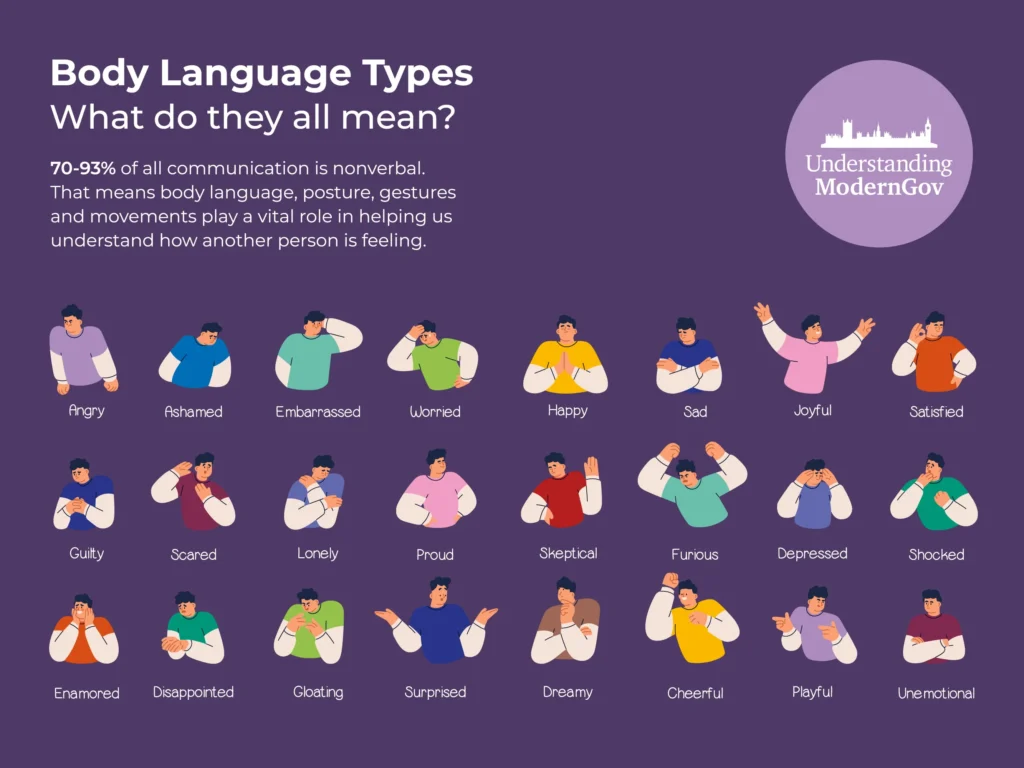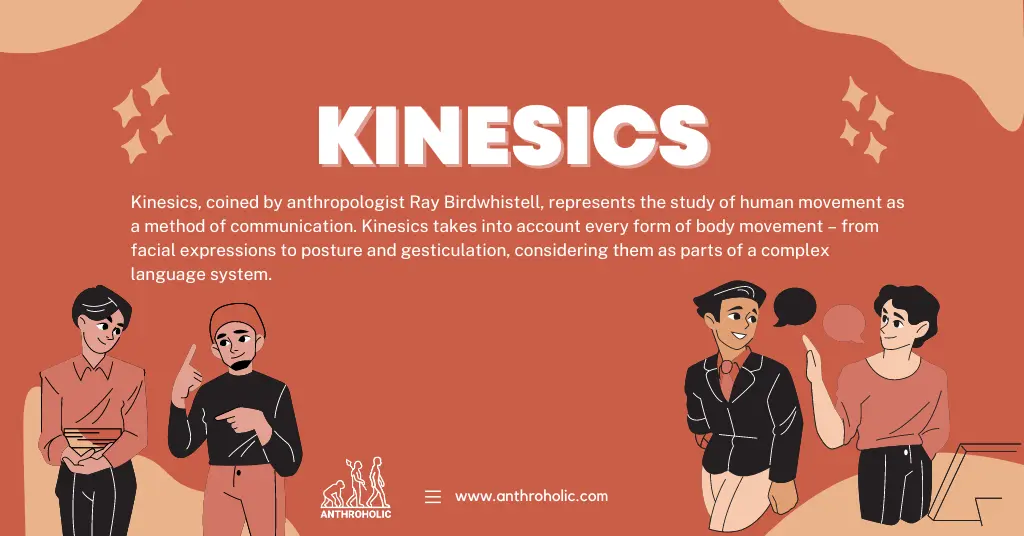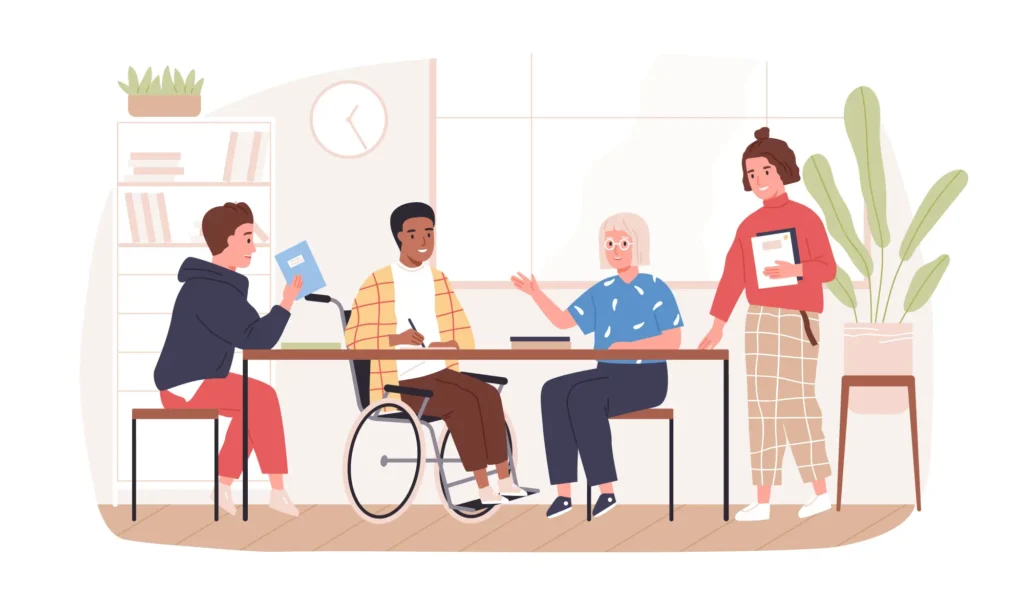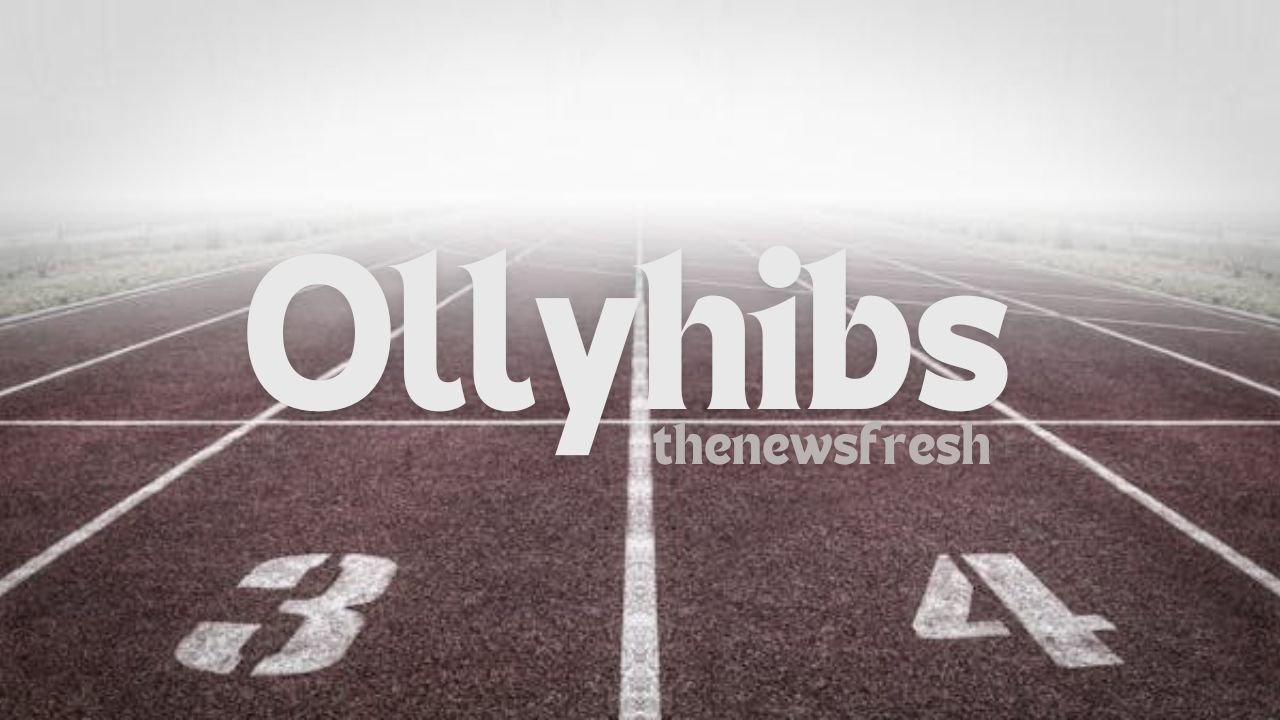Introduction: Kinesics in Communication
Verbal exchanges are but a small part of the complex fabric of professional communication. Kinesics, the silent language of body language and nonverbal clues, becomes an essential component of genuine and accurate message delivery. It is critical to comprehend how our posture, gestures, and facial expressions influence others’ impressions as we negotiate the intricacies of professional environments through Kinesics in Communication.
The many roles that kinesics plays in meetings, negotiations, leadership, rapport-building, and general effectiveness in the workplace will be explained in this article. Come along on a trip to understand the meaning behind the silent cues that, in the context of business communication, speak loudly.
Body Postures’ Silent Language :Kinesics in Communication
Contents
- 1 Body Postures’ Silent Language :Kinesics in Communication
- 2 Eye Contact: The Confidence Window :Kinesics in Communication
- 3 Using Motions as Tactics
- 4 The Effects of Expressions on Faces in Meetings
- 5 Using Kinesics in Communication to Develop Leadership Skills
- 6 Reflecting and Establishing Expert Communication
- 7 Respecting Individual Space in Workplace Interaction
- 8 The Handshake Dynamics
- 9 Nonverbal Indications in Online Conversation
- 10 Microexpressions: Interpreting Mild Feelings
- 11 Clothes for Success: A Kinesthetic Viewpoint
- 12 The Art of Gentle Nodding:Kinesics in Communication
- 13 Team Dynamics Proxemics : Kinesics in Communication
- 14 Using Kinesics to Facilitate Intercultural Conversation
- 15 Using Nonverbal Cues to Manage Crises :Kinesics in Communication
- 16 Managing Office Politics using Kinesics :Kinesics in Communication
- 17 Nonverbal Cues to Present a Friendly Image :Kinesics in Communication
- 18 Using Kinesics to Break Through Communication Barriers
- 19 Nonverbal Cues in Public Speaking and Presentations
- 20 Kinesics’s Place in Job Interviews
- 21 Conclusion
- 22 FAQs
- 22.1 1. In communication, what does kinesics mean?
- 22.2 2. What role does Kinesics in Communication play in the workplace?
- 22.3 3. How can professionals improve their leadership abilities with kinesics?
- 22.4 4. In virtual communication, what function does kinesics serve?
- 22.5 5. What role does kinesics play in fostering camaraderie at work?
- 22.6 6. Is it possible to modify kinesics for intercultural communication?
- 22.7 7. How can practitioners use kinesics to break down communication barriers?
In the workplace, body language sends strong signals. This section examines how taking on forceful postures like standing erect can help, and possesses the ability to convey assurance, power, and decisiveness in negotiations and other crucial situations.
Eye Contact: The Confidence Window :Kinesics in Communication
A crucial component of nonverbal communication is eye contact. This section explores the importance of keeping direct eye contact and how it conveys interest, confidence, and a powerful presence in business settings.

Using Motions as Tactics
Professionals can employ strategic gestures to improve communication. This section examines the deliberate use of gestures, providing examples of how deliberate motions may affect perceptions and enhance communication in a variety of work-related contexts.
The Effects of Expressions on Faces in Meetings
During meetings, facial expressions are essential for expressing engagement and emotions. This section examines the range of facial expressions that professionals can use when conversing with enthusiasm, focus, and involvement in group conversations.
Using Kinesics in Communication to Develop Leadership Skills
Leadership includes nonverbal messages in addition to spoken communication. To motivate teams and create a healthy organizational culture, leaders may improve their leadership abilities by utilizing kinesics, as this section demonstrates.
Reflecting and Establishing Expert Communication
One way to establish rapport is by gently mimicking someone else’s body language, or “mirroring.” This section looks at how mirroring may improve relationships between coworkers and foster a peaceful, cooperative workplace.

Respecting Individual Space in Workplace Interaction
In business environments, it’s critical to comprehend personal space. The significance of maintaining personal space and the role that proxemic awareness plays in fostering a welcoming and polished work environment are covered in this section. >>Kinesics in Communication
The Handshake Dynamics
The standard welcome gesture for professionals worldwide is a handshake. This section delves into the importance of a solid handshake, the right amount of time, and more components that help project confidence and trust.
Nonverbal Indications in Online Conversation
Virtual communication is common in the digital era. This part adjusts kinesics to the digital age by going over how experts may use nonverbal clues to communicate effectively in video conferences and distant work. >>Kinesics in Communication
Microexpressions: Interpreting Mild Feelings
Facial expressions that are brief yet convey genuine emotions are called microexpressions. This section delves into how professionals might gain insight into the true feelings of their peers by comprehending microexpressions.
Clothes for Success: A Kinesthetic Viewpoint
In a professional situation, attire selection and personal hygiene have a role in nonverbal communication. This section looks at how professionals’ perceptions in the workplace are affected by how they dress for success while taking cultural conventions into account.
The Art of Gentle Nodding:Kinesics in Communication
A nonverbal indicator of agreement and encouragement is nodding. This section examines the effects of nodding, demonstrating how this straightforward motion may promote cooperation, validate understanding, and stimulate conversation.
Team Dynamics Proxemics : Kinesics in Communication
Team dynamics are influenced by proxemics, the study of spatial interactions and personal space. This section explores how proxemics knowledge might improve team dynamics and facilitate productive cooperation in work environments. >>Kinesics in Communication
Using Kinesics to Facilitate Intercultural Conversation
The globe is becoming more and more globalized, and cross-cultural communication is commonplace. To promote comprehension and productive communication in varied settings, this section examines how professionals might modify kinesics to bridge cultural divides.
Using Nonverbal Cues to Manage Crises :Kinesics in Communication
In crisis management, Kinesics in Communication is essential. This section looks at how leaders may show stability and security during uncertain times by using nonverbal communication as a potent weapon.
Managing Office Politics using Kinesics :Kinesics in Communication
Subtle interpersonal factors are frequently involved in office politics. The use of kinesics by professionals to negotiate these dynamics, form coalitions, and manage relationships in intricate work contexts is covered in this section.
Nonverbal Cues to Present a Friendly Image :Kinesics in Communication
Being approachable is crucial for good cooperation and leadership. This section examines nonverbal signs that indicate approachability and provide a welcoming and healthy work environment.
Using Kinesics to Break Through Communication Barriers
Language limitations and other communication hurdles can make comprehension difficult. To facilitate successful communication in varied and multicultural workplaces, this section demonstrates how professionals may overcome such hurdles with the use of a comprehensive grasp of kinesics.
Nonverbal Cues in Public Speaking and Presentations
The influence of kinesics on public speaking and presentations is examined in this section. Knowing nonverbal indicators may greatly increase a professional’s efficacy while communicating with an audience, from confident gestures to keeping a solid stance.

Kinesics’s Place in Job Interviews
Understanding nonverbal clues is crucial for navigating a job interview. This section explores how kinesics impacts initial impressions, the dos and don’ts of body language during interviews, and how being proficient in these cues may enhance interview results.
Conclusion
The importance of Kinesics in Communication in the complex dance of business communication cannot be emphasized. Body language and nonverbal indicators are significant tools for developing connections, changing impressions, and communicating messages as we negotiate the difficult landscape of professional encounters.
We have examined the subtleties of body position, eye contact, gestures, and facial expressions through the lens of kinesics, and we have discovered that they have a significant influence on leadership, team dynamics, negotiations, and meetings. Nonverbal cues hold great significance and influence on the course and result of professional encounters. Examples of these cues include the aggressive attitude of a confident negotiator and the attentive nod of an engaged participant in a meeting.
To become a professional in kinesics, one must have a deeper knowledge of human communication and learn to use nonverbal clues to promote cooperation, inspire confidence, and establish trust. This goes beyond simply learning gestures and emotions.
To sum up, learning kinesics is a lifelong method that calls for self-attention, empathy, and willpower to clean communication. Through using frame language, which is a silent language, we may additionally open doorways to new levels of expert achievement by setting up deep relationships and negotiating the complexities of the administrative centre with beauty and genuineness. Let us take the information received from this adventure with us and maintain the usage of kinesics’ reworking capability in our professional activities as we desire this excursion farewell.

FAQs
1. In communication, what does kinesics mean?
The study of nonverbal clues and body language in communication is known as kinesics. It includes body language, facial expressions, gestures, and other physical actions that elicit meaning without uttering words. Comprehending kinesics is essential for deciphering the implicit facets of interpersonal communication.
2. What role does Kinesics in Communication play in the workplace?
In professional contexts, kinesics is essential because it facilitates precise and genuine message delivery. In meetings, negotiations, and leadership engagements, nonverbal indicators like body language and facial expressions may affect perceptions and promote successful professional relationships and effective communication.
3. How can professionals improve their leadership abilities with kinesics?
By adopting aggressive postures, keeping eye contact, and leveraging other nonverbal indicators that convey confidence and authority, professionals may use kinesics to boost their leadership skills. Gaining an understanding of and making good use of these nonverbal cues helps to motivate teams, establish trust, and promote a positive company culture.
4. In virtual communication, what function does kinesics serve?
In the age of online communication, kinesics is still important. In video conferencing, professionals can indicate engagement, curiosity, and active involvement by using nonverbal indicators like gestures and facial expressions. Kinesics may be used in virtual settings to improve distant communication efficiency.
5. What role does kinesics play in fostering camaraderie at work?
By utilizing strategies like mirroring, preserving proper personal space, and utilizing open body language, kinesics aids in rapport-building. These nonverbal clues provide a welcoming and comfortable environment that strengthens bonds between coworkers and enhances relationships at work as a whole.
6. Is it possible to modify kinesics for intercultural communication?
It is possible to modify kinesics for cross-cultural communication. It is essential to comprehend cultural variations in postures, gestures, and facial expressions to communicate effectively in varied work environments. Using kinesics in cross-cultural settings facilitates mutual understanding and aids professionals in bridging cultural divides.
7. How can practitioners use kinesics to break down communication barriers?
By using kinesics, professionals may get around obstacles to communication, such as language problems. When language is difficult, nonverbal clues become crucial tools for comprehending and communicating meaning. In multicultural and multilingual settings, a sophisticated grasp of kinesics helps people communicate effectively and break down barriers.



